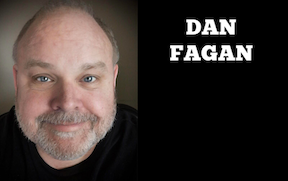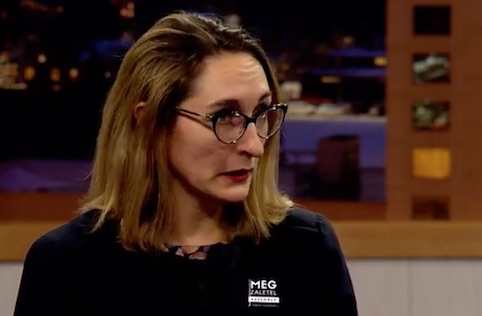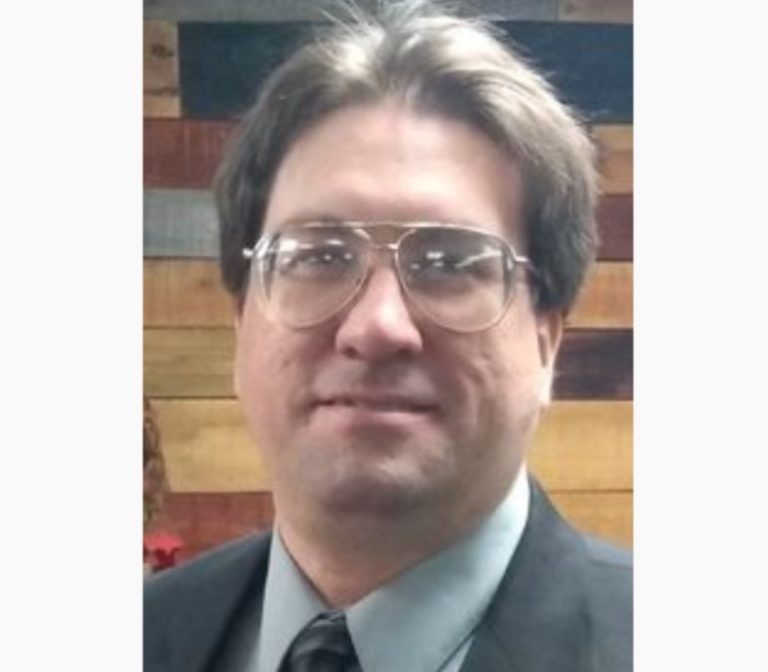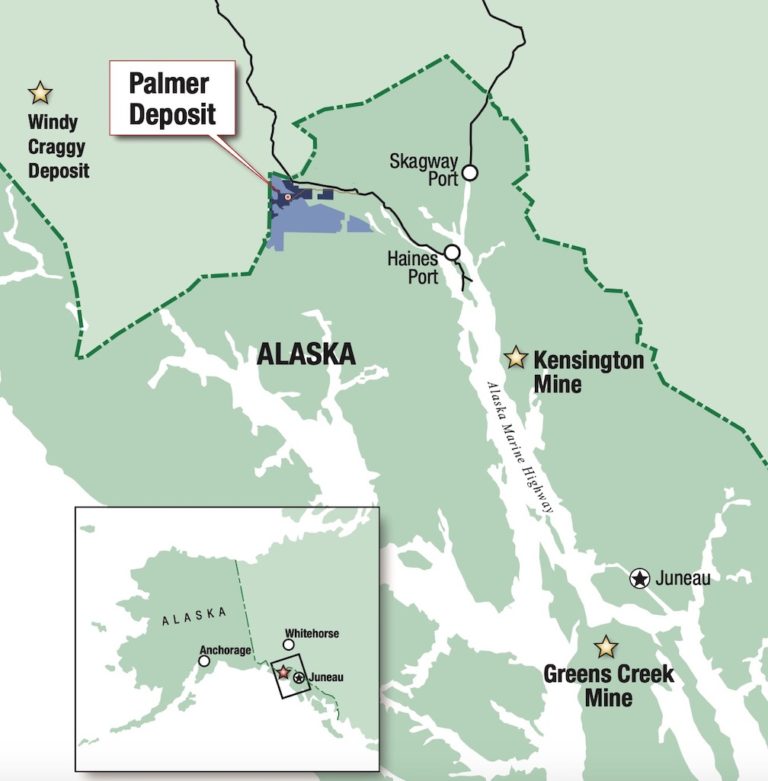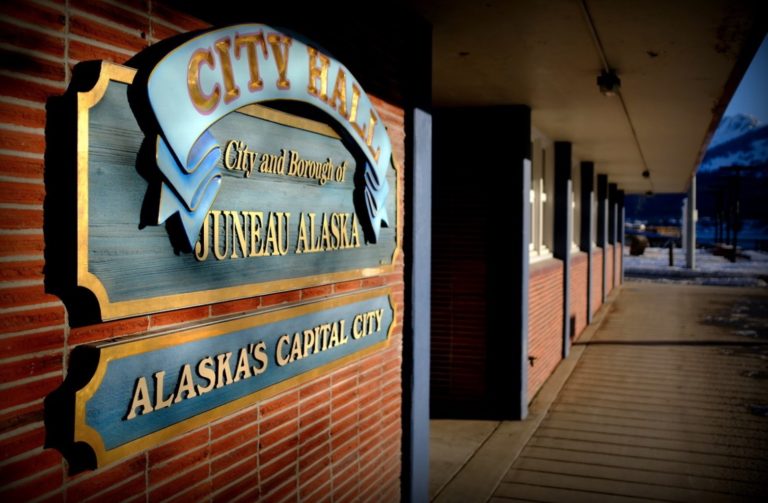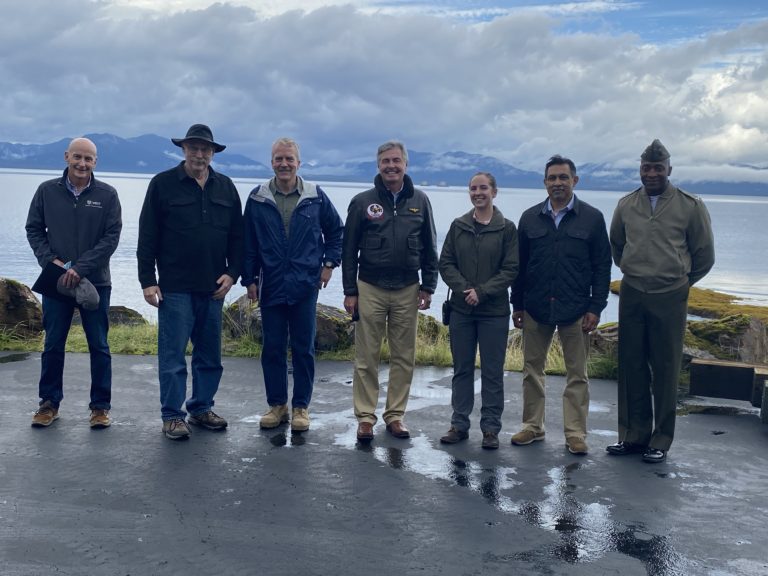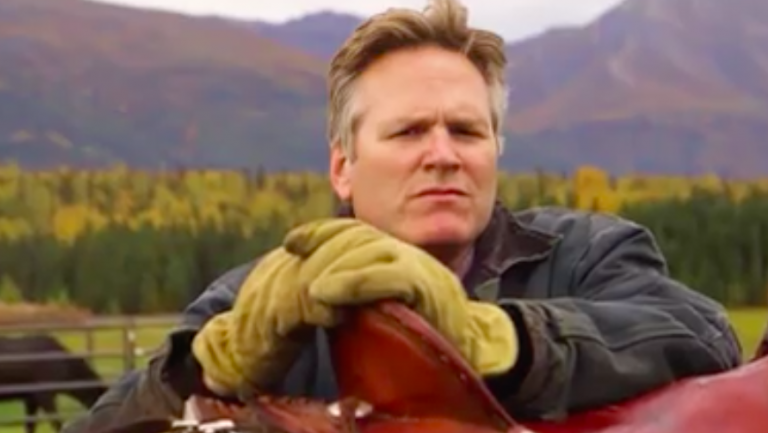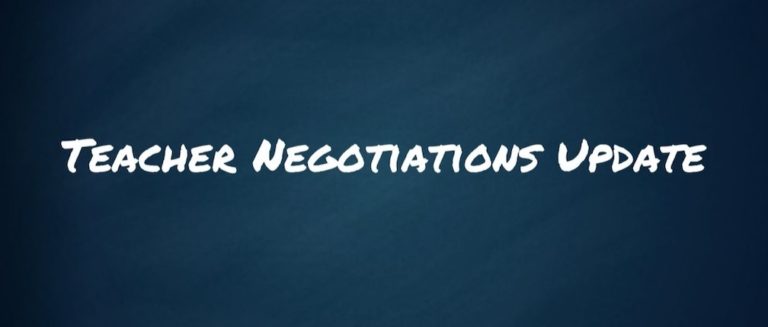By REP. BEN CARPENTER
Like most business owners, I have been concerned about when our government response to the current viral outbreak will come to an end, as it must eventually do.
It is a question of timing. It is also a question of vision.
I recently received a long sought-after answer from Gov. Mike Dunleavy as to what his vision is for the end state of his emergency declaration.
His concept of when this thing ends has been a moving target that I hope has stopped moving.
The governor recently declared in his Aug. 22 opinion piece in the Anchorage Daily News that “…no amount of government effort can fully restore Alaska’s economy until a vaccine or cure is developed. We intend to build on these successes as we work to stabilize our economy and improve the lives of everyday Alaskans.”
Clearly, his intent is for his administration’s response to remain in effect until a cure in the form of a vaccination has been developed.
Gov. Dunleavy’s recent ADN opinion piece and our follow-on phone conversation solidified for me where I think he is headed. I don’t think he will mandate a vaccine cure. We will treat a COVID-19 vaccine as we do the flu vaccine. It will be voluntary and will help to reduce the number of deaths but will not eliminate them.
I believe there are other effective medical remedies for treatment of this virus and a potential vaccination is not the only effective treatment option available but I agree with his vision with regard to not mandating a vaccination.
We may, or may not, ever have an effective vaccine. If there is no vaccine, or if it does not eliminate all deaths, we will likely continue to have medical and political pressure to continue health mandates until the mortality rate reaches a politically acceptable level. A morbid thought for sure, but it is the reality we will face without a 100% cure.
For perspective, a greater number of deaths attributed to the flu virus each year do not result in medical or political pressure for emergency health mandates in Alaska. With a COVID-19 vaccine, we will likely strive to reach a comfort zone with the number of unfortunate COVID-19 related deaths, just like we do with the flu virus.
The governor’s end state will be reached when there is an effective vaccine and the death rate is at an acceptable level, however that will be defined. Our businesses will continue to suffer under the health mandates until that time.
Upon receiving the governor’s vision for when he would consider lifting all health mandates, it became clear to me that it is time to immediately end the emergency declaration.
Other states have already done this.
Regardless of the availability or effectiveness of a vaccine or the number of deaths from the COVID-19 viral outbreak (or the deaths from the approaching flu season and other diseases with high death rates), what we will certainly have is fewer businesses and fewer employed people in this state as our economy continues to strain under the emergency mandates.
Failed and failing businesses more accurately describes the situation under the Municipality of Anchorage health mandates. It is time that public policy reflects the acknowledgement that the COVID-19 virus will remain with us for the foreseeable future and that we must have a healthy economy to be successful in the future.
The CARES Act stimulus money can only temporarily slow the bleeding; what we need is to stop the hemorrhage. Only a return to a free economy, with no restrictive health mandates, can save our businesses.
Eliminating the health mandates at the state level will not eliminate the mandates in Anchorage but it will provide leadership and political momentum for the business leaders in Anchorage to reign in their Mayor.
I supported the extension of the governor’s emergency declaration made in March of this year.
My support was based upon the governor’s declaration that there existed an imminent threat to the life and health of Alaskans statewide, and discussions with members of the administration who believed at the time that the extent of the crisis was likely to overwhelm our medical capacity to respond effectively.
I agreed to the emergency declaration with the goal to slow the spread of the virus and give our medical community precious time to build up its response capacity.
We have learned a lot about this virus since March and much of what we feared would come to pass has not occurred in Alaska. Our medical community has built up sufficient capacity to effectively respond to this viral outbreak and previous medical projections of the overwhelming nature of the viral infection have not been proven to be accurate in Alaska.
Several treatment options exist today that make managing this virus more successful than it was in March. Much of our success this summer can be attributed to the quick and tireless work of our medical community and to our fellow Alaskans who have taken this viral outbreak seriously.
We have also learned that less people are dying from Covid-19 than we originally thought. Recently, the CDC released updated statistics that indicate that only 6% of the nation-wide Covid-19 deaths can be attributed to the virus only. 94% of the nationwide Covid-19 deaths were attributed to two or more comorbidities.
The governor has been very vocal about his belief that Alaskans can be trusted to behave appropriately during these trying times, and it is our behavior that is going to be the difference-maker in the outcome of this viral outbreak. I agree with this sentiment. If we can trust Alaskans to behave appropriately, then mandates are not necessary.
I believe that the Alaskan medical community is doing a superb job of managing this disease and their efforts will only be more successful if an effective vaccine is developed. If there is no effective vaccine in the immediate future, our medical providers will have to continue doing the best that they can.
We must not ask our businesses to continue to remain closed indefinitely or shoulder the burden of the consequences of the health mandates pending a cure that may, or may not, arrive.
The best immediate government response to help restore Alaska’s economy is to end the emergency declaration. Our medical community has proven capable of handling the viral outbreak and Alaskans can be trusted to be responsible for their health decisions.
Our government response is now doing more harm than good. There are many businesses that are struggling financially due to our government response and there are federal funds that continue to be made available to help these businesses. None of these financial assistance programs is intended to make businesses whole from the damage that has already occurred during our economic shutdown.
The best action government can take now is to restore the freedoms our businesses enjoyed prior to the government induced shutdown. Ending the emergency declaration will not jeopardize the continued availability of these financial assistance programs. But ending the emergency mandates will give our businesses their best fighting chance of survival.
The Legislature’s support of the governor’s emergency declaration is due to automatically expire on Nov. 15 without legislative reauthorization. Waiting until mid-November is unnecessary and only continues the harm to our business owners. The two biggest reasons in favor of waiting until Nov. 15 are a bitter pill for our businesses to swallow.
Political campaigns and fear of partisan political power struggles over spending should not prevent the legislature from doing the right thing for our Alaskan business owners and employees.
The easiest solution is for the governor to end the emergency declaration on his own. I am amenable to dialog with the governor for the purpose of achieving this end in a timely manner. If he is unable to act quickly, it is incumbent on the Legislature to call itself into special session and end the emergency declaration.
At my request, Legislative Legal Affairs has drafted the necessary bill to modify the end date of the emergency declaration to Sept. 15, or a date of our choosing. Our special session need not be a long drawn out affair and I assume there is little appetite from most legislators to do so given the election season.
There are political consequences in joining with members of the Majority Coalition to call a special session, such as the inevitable excessive spending requests. However, there are political consequences for not putting our businesses before politics. If, as all members of the legislature espouse, our business community is important to us, then we should be able to set aside politics in this extraordinary time and agree to a limited special session focused on saving our business community.
Our State economy is floundering right now with many a hope that things will eventually get better. Getting better is up to us. Providing clear and decisive leadership at this crucial time is what is needed and expected of us. I invite you to join me in a call for action by our governor to immediately end the emergency declaration. If unsuccessful, it’s time to request our legislative leaders to pursue the calling of a limited special session of the Legislature for the purpose of ending the emergency declaration.
Rep. Ben Carpenter lives in Nikiski, District 29, where he grows peonies.

